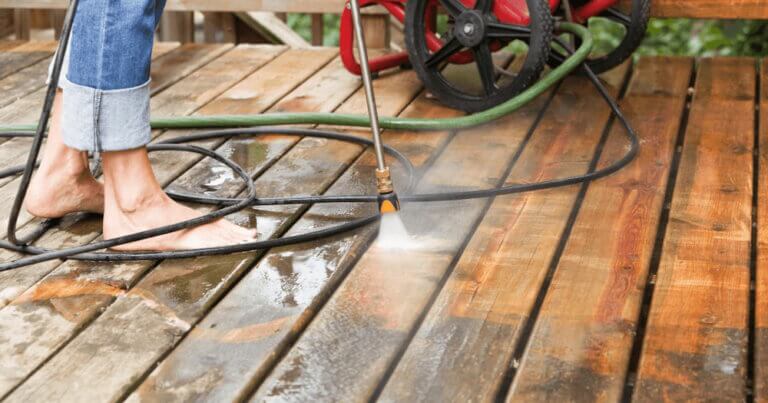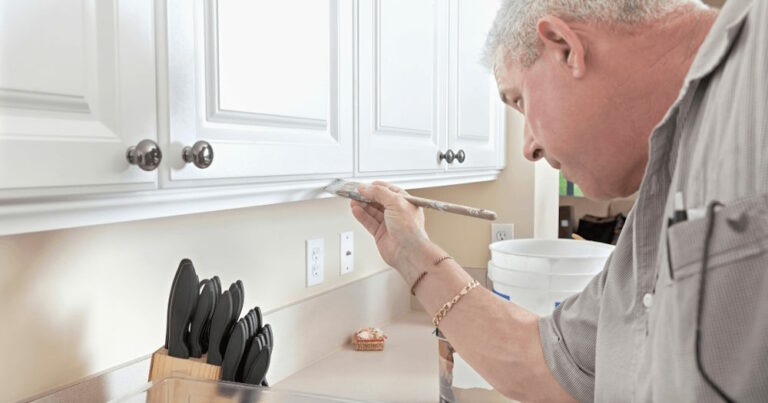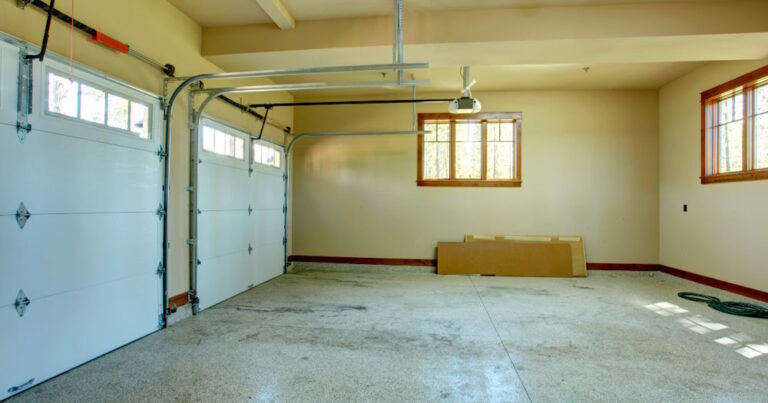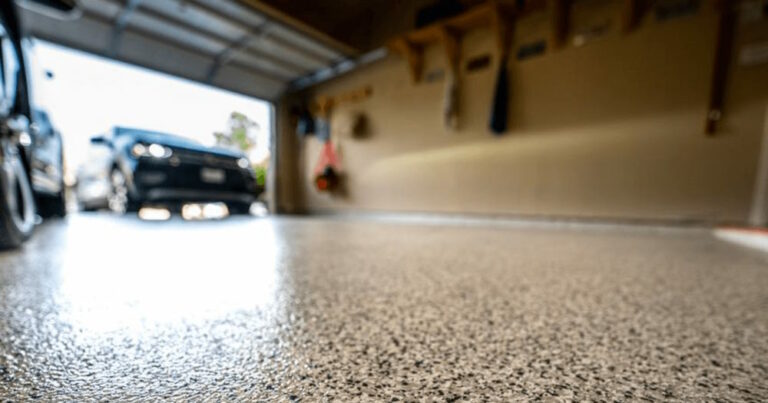When it comes to painting your home, the cost is an important consideration. You want to ensure that you get a high-quality paint job without breaking the bank. Understanding the factors that influence interior house painting cost is crucial for planning your home painting budget. In this article, we will provide an overview of the cost of interior house painting and the various factors that can influence it.
Key Takeaways:
- Interior house painting cost is an important consideration when planning your home painting project.
- Understanding the factors that influence painting cost can help you estimate the total cost more accurately.
- Factors such as the size of the project, surface preparation, number of rooms, paint quality, additional services, labor costs, geographic location, and the choice between DIY or hiring professionals can all impact the total cost.
- Prioritizing quality is crucial for ensuring a stunning and long-lasting paint job.
- By considering these factors, you can plan your home painting budget effectively and achieve the desired result.
Factors Affecting Interior House Painting Cost
Painting your home is an exciting way to enhance its aesthetic appeal and increase its value. However, before embarking on a home painting project, it’s essential to understand the factors that influence the cost of interior house painting.
Interior painting cost determinants can vary depending on several factors, including:
| Cost Factors for House Painting | Impact on Painting Cost |
| Size of Project | A larger home will require more paint, supplies, and labor, making it more expensive to paint than a smaller home. |
| Surface Preparation | Proper surface preparation (filling holes, sanding, etc.) is critical for achieving a smooth paint job and can add to the painting cost. |
| Number of Rooms | The more rooms you plan to paint, the higher the total cost will be. |
| Paint Quality and Type | High-quality paint and specialized paints, such as those for bathrooms or cabinets, can be more expensive than standard interior paint. |
| Additional Services | Trim painting, ceiling painting, accent walls, and wallpaper removal are additional services that can increase the overall cost of interior painting. |
| Labor Costs | The cost of hiring professional painters or contractors can vary depending on factors such as hourly rates and contractor fees. |
| Geographic Location | Painting costs can vary depending on the region or city, with larger cities tending to have higher labor and supply costs. |
| DIY vs. Hiring Professionals | Choosing to paint your home yourself can save you money on labor costs, but it’s important to factor in the cost of supplies and the time commitment involved. |
Each of these factors plays a crucial role in determining the overall cost of painting your home. Considering them carefully will allow you to plan your home painting budget more accurately and make informed decisions about your project.
Size of the Project
The size of your house is a significant factor that influences the cost of interior house painting. Generally, the larger the house, the higher the painting cost will be. This is because more paint, materials, and labor are required to complete the job. In contrast, painting a small house will be less expensive because it requires fewer resources.
To determine the cost of painting your home based on its size, you need to calculate the square footage of the interior walls. You can do this by measuring the length and height of each wall and multiplying the results to get the total area. To give you an idea of the possible cost range, see the table below for an estimated cost of painting different house sizes.
| House Size | Square Footage | Estimated Cost |
| Small House | Less than 1,500 sq ft | $1,000-$3,000 |
| Medium House | 1,500-2,500 sq ft | $3,000-$4,500 |
| Large House | Over 2,500 sq ft | $4,500-$7,000+ |
Note: The estimated cost is based on the average cost of painting a house in the United States. The actual cost may vary depending on the factors discussed in this article and your geographic location.
Surface Preparation: The Backbone of a Perfect Paint Job
Before you dive into your interior painting project, it’s essential to prepare the walls properly. Proper surface preparation ensures that your paint job looks smooth, even, and lasts a long time. Moreover, it can also impact the cost of an interior painting project.
The surface preparation cost depends on the condition of your walls. If you’re painting a newly constructed house or repainting walls in excellent condition, the cost will be relatively low. However, if your walls have dents, cracks, or water damage, they may require repairs before painting. Repairing damaged surfaces can add to the overall cost of your interior house painting.
Priming Walls for Painting
One of the essential steps to preparing walls for painting is priming. Priming ensures that the paint adheres well to the surface, and the final result looks flawless. However, priming walls can add to the total painting cost estimation. The cost of primer varies based on the type and quality of the product.
If you’re looking to reduce the surface preparation cost, you can opt for a paint and primer combination. These products have a primer mixed into the paint, reducing the need for a separate primer.
Repairing Damaged Surfaces
If your walls have cracks, dents, or water damage, they need to be repaired before painting. Repairing these surfaces can add to the surface preparation cost. Though it may seem like an additional expense, repairing damaged surfaces is crucial. Neglecting to do so can result in a subpar paint job that looks unprofessional and may lead to more extensive repairs down the line.
The cost of repairing damaged surfaces depends on the extent of the damage and the amount of repair needed. For minor damage, you may be able to handle the repairs yourself. However, for significant damage, it’s best to get a professional paint job to ensure that the repairs are done correctly.
Number of Rooms
When it comes to painting the interior of your home, the number of rooms you plan to paint can impact the overall cost. Painting multiple rooms will cost more than painting a single room, but there are ways to manage the cost per room. Here are some things to keep in mind:
Painting Multiple Rooms
If you plan to paint multiple rooms, it’s important to know that the cost per room will typically be lower than if you were to paint each room individually. This is because the professional painting crew can work more efficiently when they have multiple rooms to paint. They can set up all their equipment in one room and move from room to room with ease, reducing the time and labor costs required compared to painting a single room.
Painting Individual Rooms
If you plan to paint individual rooms, the cost per room will be higher due to the additional setup and cleanup time required by the professional painting crew. However, painting individual rooms allows you to manage the cost to paint the rooms by spreading out the project over time, rather than painting all rooms at once. This can be beneficial if you have a limited budget and want to tackle one room at a time.
Bedroom Painting Cost
One factor that can impact the cost per room is the size of the room. Painting a larger bedroom will cost more than painting a smaller one, as it requires more paint and labor. For example, if you have a master suite with a large bedroom, walk-in closet, and bathroom, the painting cost will be higher than if you were to paint a small guest room or child’s bedroom.
Ultimately, the number of rooms you decide to paint will impact the overall cost of the project. Whether you choose to paint multiple rooms at once or spread out the project over time, it’s important to factor in the cost per room to manage your budget effectively.
Paint Quality and Type
Choosing the right paint for your interior house painting project is crucial not only for the final appearance but also for the budget. High-quality paint can be more expensive, but it may be worth the investment in the long run due to its durability, coverage, and finish.
The cost of paint can vary depending on the brand and type. Some popular paint brands include Sherwin Williams, Behr, and Benjamin Moore. Each brand offers various lines of interior paint, such as flat, eggshell, satin, and semi-gloss. Flat paint has a matte finish, while eggshell and satin have a slight sheen. Semi-gloss has the highest sheen and is ideal for high-traffic areas.
Types of Interior Paint
Choosing the right type of paint for your interior walls is essential to achieve the desired finish. The main types of indoor paint include:
- Latex: also known as water-based paint, is easy to clean and dries quickly.
- Oil-based: has a smoother finish and is more durable, but takes longer to dry and has a stronger odor.
- Milk paint: is a non-toxic, eco-friendly option that gives walls a vintage look.
- Chalk paint: is ideal for furniture and cabinets, giving them a matte, velvety finish.
Choosing the Right Paint
When selecting paint for your interior house painting project, it is essential to consider factors such as the room’s purpose, lighting, and color scheme. For example, a bedroom may benefit from calming, light-colored paint, while a living room could showcase a bold, darker hue.
Consulting with a professional paint supplier or interior designer can help you select the right paint for your project and budget. Some paint suppliers offer color-matching services to help you find the perfect shade.
Additional Services: Enhancing Your Interior House Painting Project

When it comes to painting your home, there are several additional services that you may want to consider to elevate the overall aesthetic and functionality of your space. Here, we will explore some of the most popular additional painting services and how they can impact the overall cost estimation.
Trim Painting
Adding a fresh coat of paint to your trim, baseboards, and crown molding is an excellent way to enhance the visual appeal of your interior space. Not only can it brighten up a room, but it can also make it appear larger and more polished. The cost of trim painting varies depending on the size of the room and the type of trim involved.
Ceiling Painting
Painting your ceilings is another way to give your home a fresh look. It can also help to hide imperfections and enhance natural light. However, painting a ceiling requires specialized equipment and expertise, which can add to the overall cost. The pricing for ceiling painting typically depends on the height of the ceiling, the complexity of the design, and the type of paint used.
Accent Walls
If you’re looking to add a pop of color or texture to a room, consider painting an accent wall. This can create a focal point and add visual interest to an otherwise plain space. Accent walls should complement the surrounding walls and decor, and the cost will depend on the size of the wall and the type of paint used.
Wallpaper Removal
Removing old, outdated wallpaper is a necessary step in preparing your walls for painting. It can also be a time-consuming and labor-intensive process. The cost of wallpaper removal depends on the size of the room, the type of wallpaper, and the condition of the walls underneath.
Overall, additional painting services can enhance the look and feel of your interior space. Consider your budget and design goals when deciding which services to include in your project.
Labor Costs
Hiring professional painters for your interior house painting project will incur labor costs. It’s important to understand the different factors that influence painting labor costs to estimate the cost of your project accurately.
Hourly rates are the most common way professional painters charge for their services. These rates can vary depending on the painter’s experience level, location, and the scope of the project.
Contractors may charge a flat fee for the entire project, which could include materials and labor costs. This fee can be more expensive than hourly rates, but it can also provide more certainty about the final cost of the project.
When estimating labor costs, keep in mind that more extensive surface preparation or unique painting techniques may increase the overall time and cost of the project.
| Labor Cost Factors | Description |
| Experience level | Experienced painters may charge more for their services than less experienced ones. |
| Location | Painting labor costs can vary depending on the region of the country you’re in. |
| Scope of the project | Larger projects may require more painters, increasing the overall labor cost. |
| Surface preparation | Extensive surface preparation, priming, and repair work can increase labor costs. |
Before hiring professional painters, it’s best to get multiple quotes to compare pricing. Keep in mind that the lowest quote may not always be the best option, as some contractors may sacrifice quality to offer a lower price.
If you’re considering DIY painting to save on labor costs, keep in mind that a less experienced painter may take longer to complete the project, and mistakes may result in additional expenses.
DIY vs. Hiring Professionals
When it comes to painting your own home, there are pros and cons to consider. One significant advantage of DIY painting is labor cost savings. By painting your home yourself, you can eliminate the cost of hiring a professional painter.
However, there are professional painting benefits that you may miss out on by taking the DIY route. Professional painters have the expertise and experience to achieve a high-quality, long-lasting paint job. They also have access to professional-grade equipment and materials that may not be available to DIY painters.
It’s also important to consider the cost of DIY painting. While labor costs may be lower, you’ll need to invest in all the necessary equipment and materials, including paint, brushes, rollers, drop cloths, and more. These costs can add up quickly, especially if you plan to paint multiple rooms or a large home.
Table: DIY vs. Hiring Professionals
| DIY Painting | Hiring Professionals | |
| Labor Costs | Eliminated | Significant |
| Expertise and Experience | Limited | Professional |
| Equipment and Materials | Requires investment | Provided by professionals |
| Quality of Paint Job | Varies depending on experience | High-quality and long-lasting |
| Total Cost | May be lower, depending on project size | Higher, but includes professional expertise and materials |
Ultimately, the choice between DIY painting and hiring professionals depends on your budget, skill level, and personal preferences. If you have the necessary expertise and equipment, DIY painting may be a cost-effective option. However, if you want a high-quality, professional-looking paint job, hiring professionals may be worth the investment.
Conclusion

When it comes to painting the interior of your home, there are several factors to consider that can impact the overall cost. By understanding these factors and estimating the expenses, you can plan your home painting budget more effectively.
Factors to consider
As discussed, the size of your house, the quality of paint, surface preparation, the number of rooms, additional services, labor costs, geographic location, and the choice between DIY or hiring professionals can all affect the total cost of interior house painting.
Maintain quality
While it’s important to consider the cost, remember to prioritize quality to ensure a beautiful and long-lasting finish. Choosing high-quality paint, proper surface preparation, and hiring professional painters are all key factors in achieving a flawless paint job.
Deciding between DIY or hiring professionals
If you’re considering painting your home yourself to save on labor costs, weigh the pros and cons carefully. It may be more cost-effective to hire professionals, especially for larger or more complex projects. Don’t forget to factor in the time and effort it takes to paint your home yourself.
Plan ahead
By estimating the cost of interior house painting ahead of time and budgeting accordingly, you can avoid any unexpected expenses or surprises during the project. Don’t forget to get multiple quotes from professional painters and consider the reputation and experience of the company you choose to work with.
Overall, with careful planning and consideration of the various factors that affect the cost of interior house painting, you can achieve a stunning and long-lasting finish for your home.
FAQ
What factors influence the cost of interior house painting?
Factors such as the size of the project, surface preparation, number of rooms, paint quality, additional services, labor costs, geographic location, and the choice between DIY or hiring professionals can all impact the cost of interior house painting.
How does the size of the project affect the cost of interior house painting?
The square footage of your home plays a crucial role in determining the overall painting cost. Generally, larger homes will require more paint and more labor, which can increase the cost.
Why is surface preparation important and how does it impact the cost?
Proper surface preparation is essential for achieving a flawless paint job. It involves tasks such as cleaning, priming, and repairing damaged surfaces. The cost of surface preparation will depend on the extent of the work required.
Does the number of rooms to be painted affect the cost?
Yes, the number of rooms you plan to paint can influence the overall cost. Painting multiple rooms will generally be more expensive than painting individual rooms.
How does the quality and type of paint impact the cost?
Higher-quality paint typically comes at a higher price. Additionally, different paint brands and types can vary in cost. Choosing the right paint will depend on your budget and desired outcome.
Are there any additional services that can increase the painting cost?
Yes, additional services such as trim painting, ceiling painting, accent walls, and wallpaper removal can add to the overall expense. These services require additional time and materials.
What factors affect the labor costs of an interior painting project?
Hiring professional painters or contractors will incur labor costs. Factors such as hourly rates, contractor fees, and the complexity of the project can influence the overall labor cost.
Can the geographic location impact the cost of interior house painting?
Yes, the cost of interior house painting can vary depending on your geographic location. Different cities or regions may have different average painting costs due to variations in labor and material expenses.
Should I consider painting my home myself to save on labor costs?
Painting your home yourself can save on labor costs, but it requires time, effort, and skill. Consider the pros and cons of DIY painting before making a decision. Hiring professionals ensures a professional finish but comes with additional costs.





